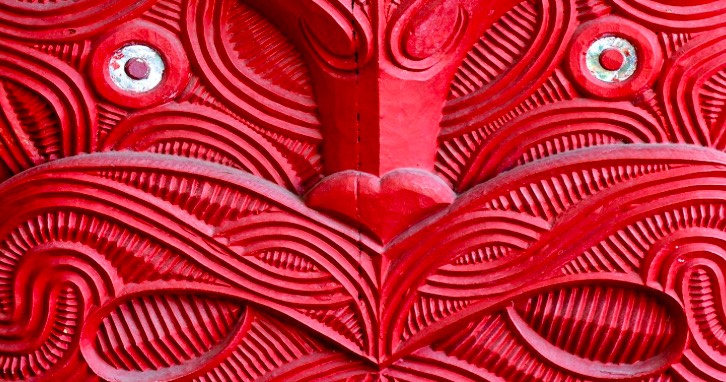In considering Māori mental health, both past and current trends, I note that while the lifetime prevalence of mental ill-health for Māori is now greater than 50%, historically (and largely based on admission data) the rates for Māori were incredibly low.
The following quote is taken from the 1988 Mason Report:
“…during the nineteen fifties, non-Mäori admission rates to psychiatric hospitals were relatively high, mental hospitals were comparatively large and general hospital psychiatric units were few and small. It was the era of institutional care; interestingly, Mäori did not feature as significant consumers”.
The point was further made that the contemporary catalysts of mental ill-health for Māori were not typically connected to ethnic, cultural, or genetic factors. More precisely, a range of socio-economic and environmental factors which disproportionately impact on our people – poverty, unemployment, poor housing, educational underperformance, and isolation from cultural behaviours which have historically supported mental health and wellbeing.
Quantifying the relationship between culture and mental health can be somewhat contentious, however, a quote from Beaglehole’s 1947 Monograph: Some Modern Māori, was used as an illustration.
“The fact that there are fewer neurotic and psychotic illness among Mäori than among Päkehäs in New Zealand emphasises among other things the tremendous value to the Mäori of possessing a psychological security that comes from tribal and family security.”
A Government review of mental health is currently underway and is likely to highlight all these issues and more. Potential solutions will also be recommended as part of this review. And, while it will be difficult to predict what these solutions might be, we can expect an emphasis on improving access to more timely care for Māori (including Māori mental health service delivery), ensuring that mainstream provision is better aligned to the expectations of Māori, a focus on health outcomes (as opposed to outputs) and recognising the impact of environmental factors previously described.
This kaupapa was recently discussed at Maea te Toi Ora: Eastern Bay of Plenty Health Summit hosted by Te Whare Wananga o Awanuiarangi and Te Puna Ora o Mataatua. The Summit was incredibly successful and attracted more than 70 participants. We hope that this might now become an annual event and based on the encouraging feedback. To this end, pencil in July 2019 for the second Eastern Bay of Plenty Health Summit.





